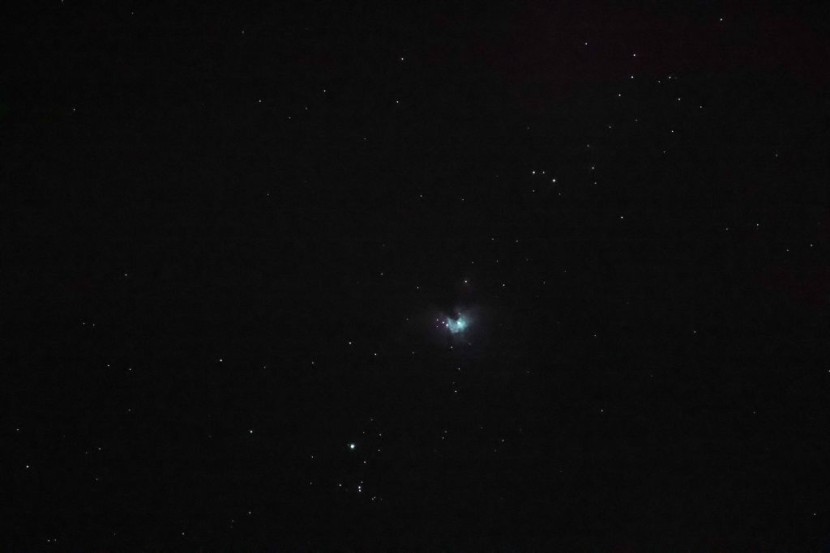
NASA's James Webb Space Telescope helped astronomers discover six mysterious cosmic bodies believed to be galaxies so old and large that they should not exist.
The space observatory was able to spot the galaxies that are believed to have existed between 500 million and 700 million years following the big bang. The finding has completely upended current theories regarding galaxies' origins, based on the study published in the journal Nature on Wednesday.
Six Mysterious Galaxies
In a statement, an assistant professor of astronomy and astrophysics at Penn State University, Joel Leja, a co-author of the study, said that the massive objects are larger than anyone had ever expected.
He added that the team that conducted the study only expected to find tiny, young, baby galaxies during that point in time. However, they discovered galaxies as mature as our own Milky Way.
The Webb telescope can observe the universe in infrared light, which the human eye cannot see. This allows it to detect the faint light emitted by ancient stars and galaxies across the universe, as per CNN.
Using the space observatory, astronomers can peer into the distant universe and look back in time up to roughly 13.5 billion years ago. Scientists have estimated that the universe is about 13.7 billion years old.
Leja noted that the finding suggested that massive galaxy formation began exceptionally early in the universe's history. It challenges everything that scientists believe to be settled and set in stone. He noted that they have been calling these massive objects "universe breakers" and said they have been living up to their name.
The six newly discovered galaxies are so large that they conflict with about 99% of models representing the universe's early galaxies. This means that experts must now rethink how galaxies are formed and evolved. Currently, theory suggests that galaxies began as small clouds of stars and dust and grew larger over a long period.
Read Also : Texas Meteorite Weighs Nearly 1000 Pounds
Challenging Existing Theories
Another study co-author, Erica Nelson, said that the discovery was "bananas." She added that they did not expect the early universe to have been capable of organizing itself at such a young age, according to the University of Colorado Boulder.
Despite the unexpected discovery, the findings are not the earliest galaxies the James Webb Space Telescope has observed. The space observatory, launched in December 2021, helped another team of scientists last year to spot several galaxies that are believed to have existed around 350 million years from the big bang.
However, those particular cosmic objects paled in comparison to the size of the six galaxies that were recently discovered. The latest team of researchers still needs to acquire more data about the galaxies to confirm that they are as large and as old as they appear.
The brightest of the six newly discovered galaxies was also unexpectedly large, even compared to the others. It was estimated to have roughly 10¹¹ times the mass of our Sun, making it larger than our own galaxy, said ARS Technica.
Related Article: Scientists Discover Two New Forms of Salt Water








